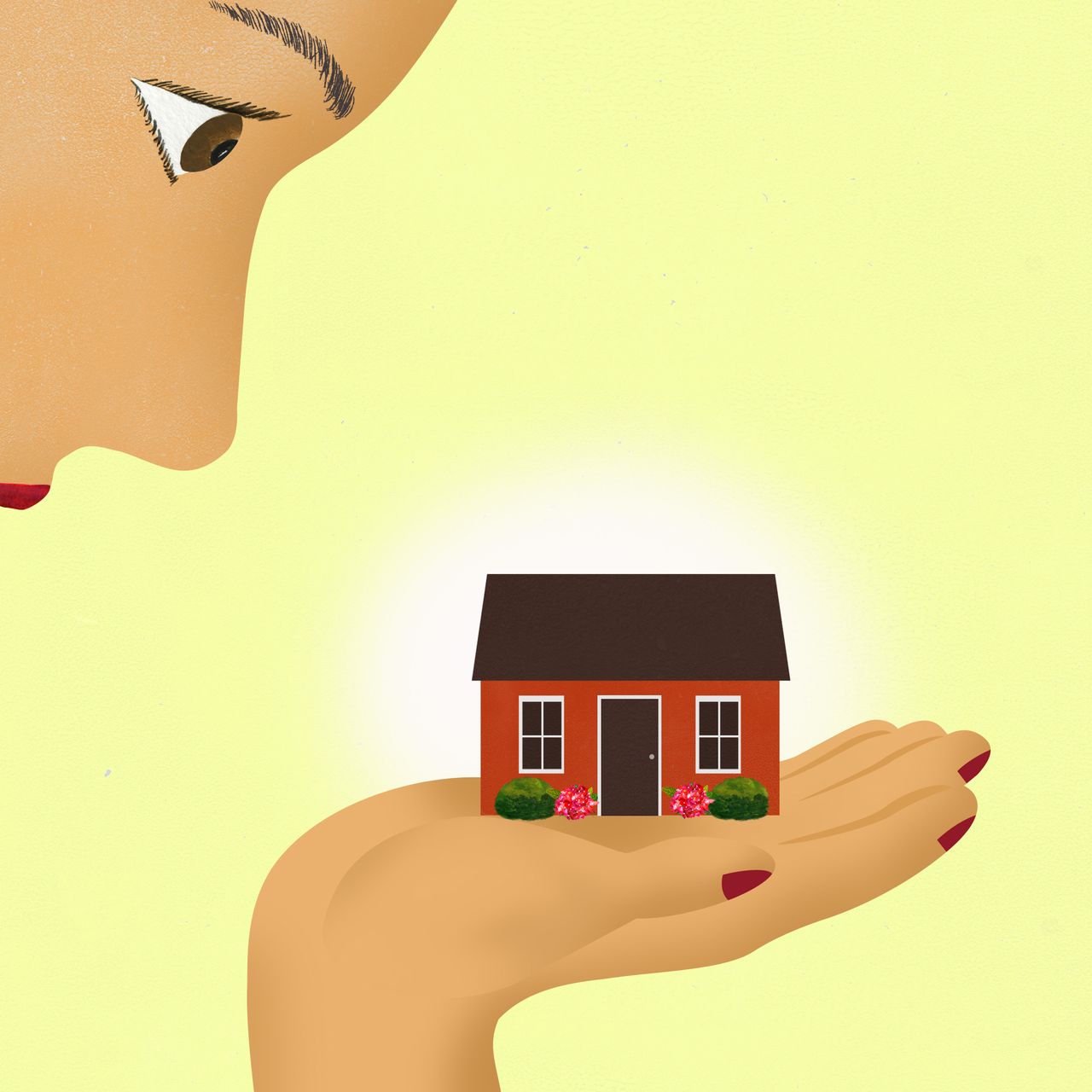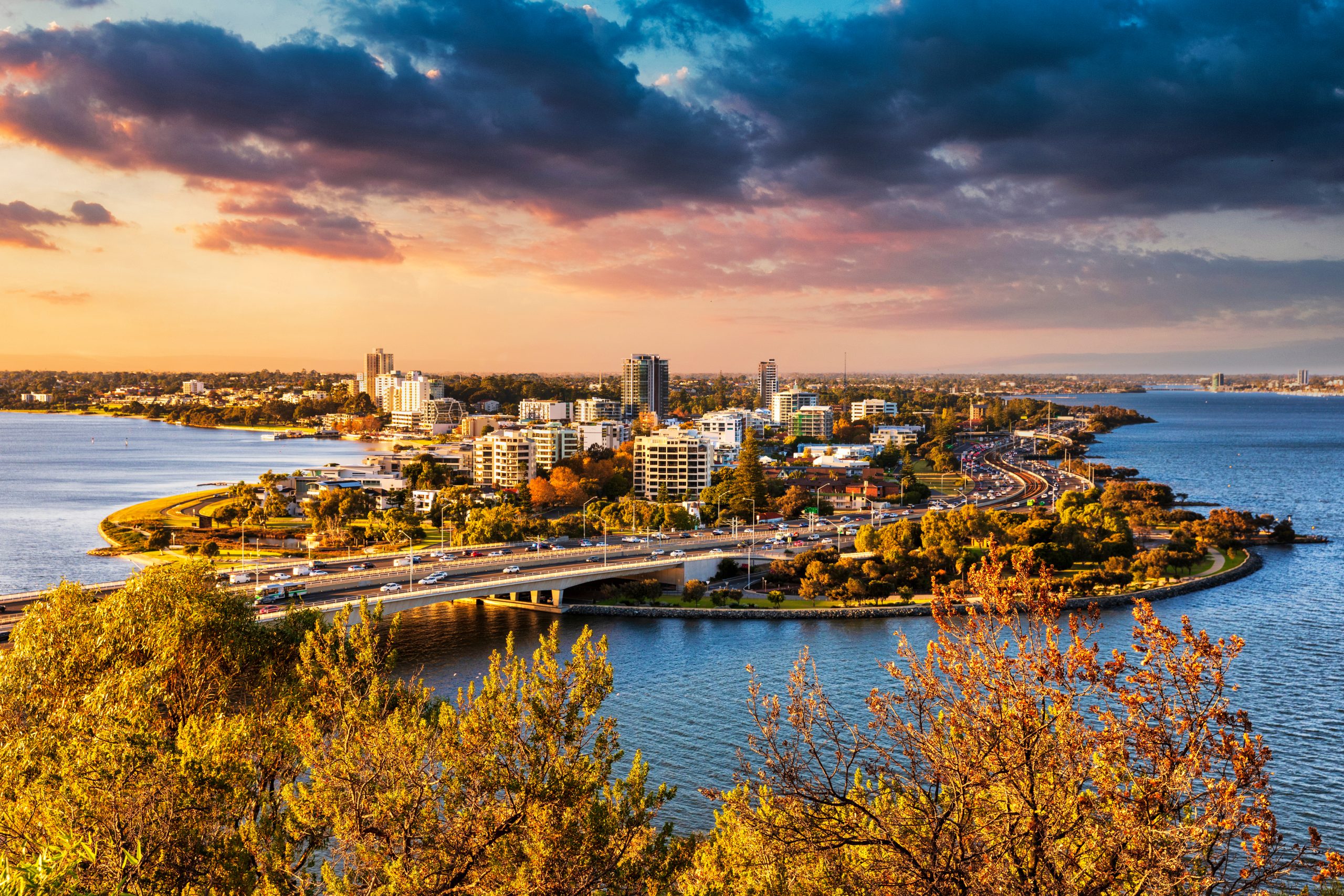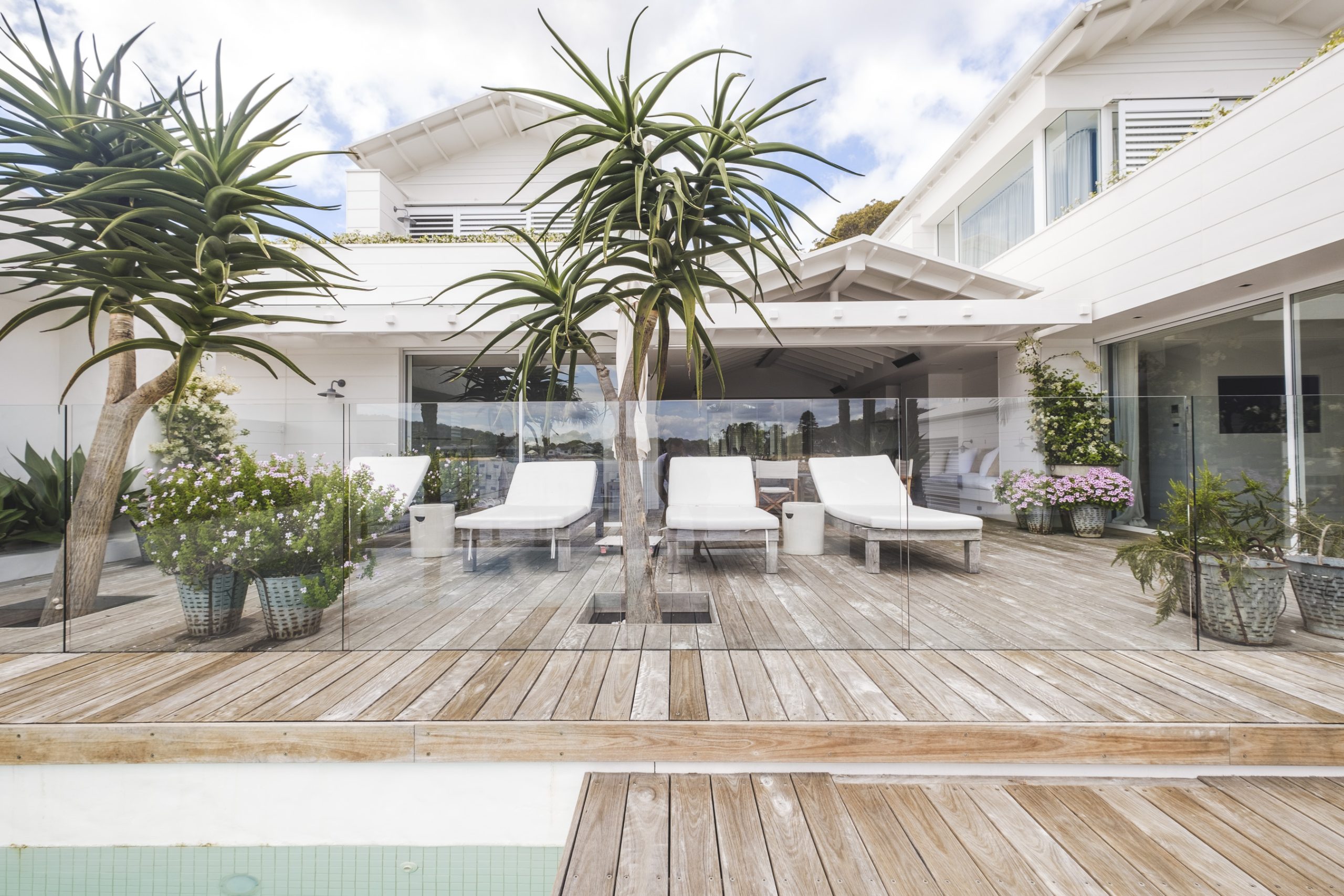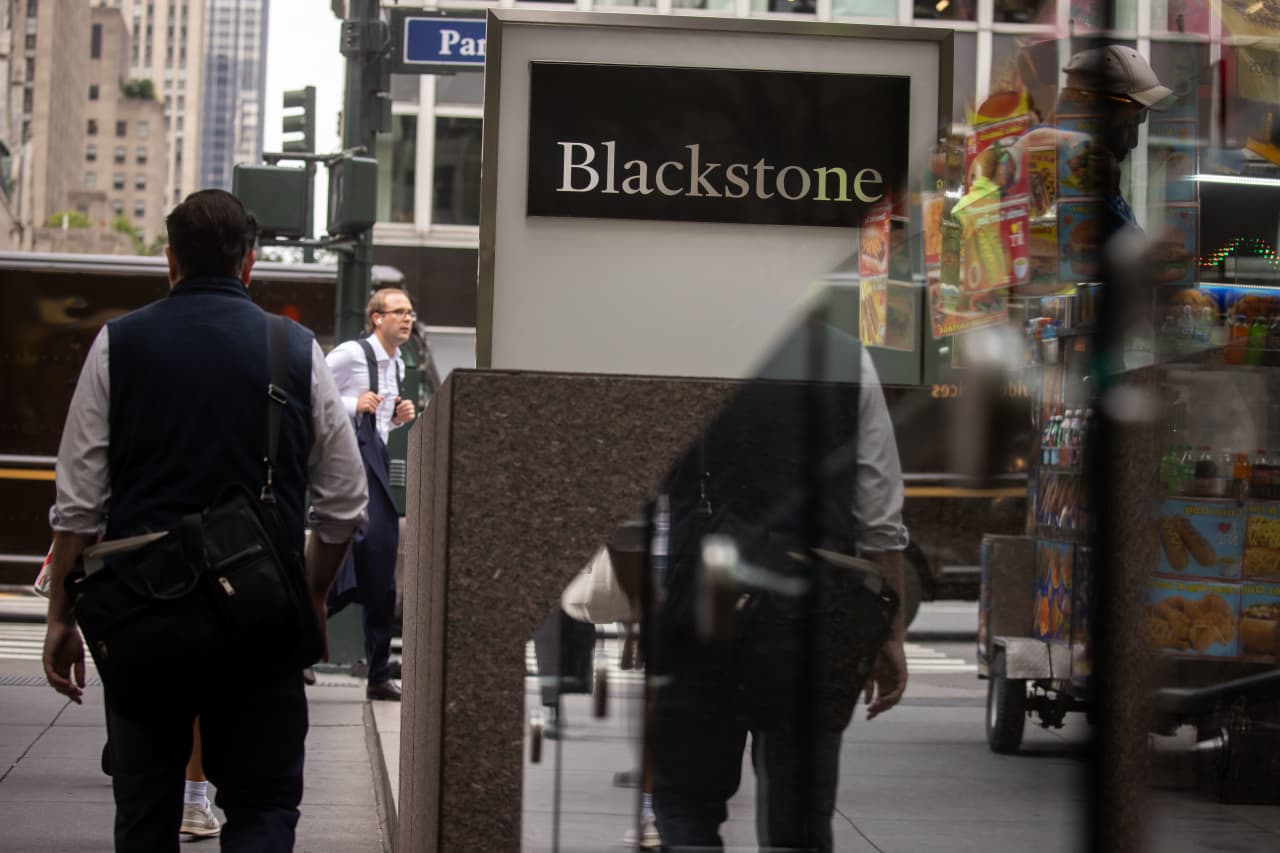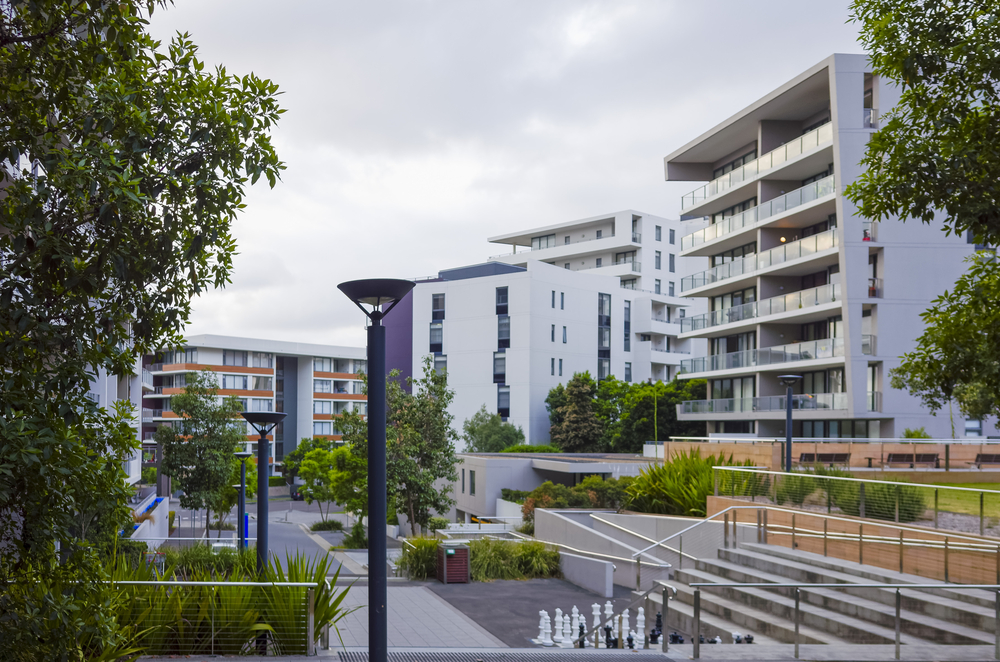Goodbye Bathtub and Living Room. America’s Homes Are Shrinking.
Faced with high mortgage rates, cost-constrained Americans are embracing smaller homes
For many Americans, homeownership may be attainable only if they give up a dining room.
Home prices are near record highs, frustrating millions of potential buyers who feel priced out of the housing market. Home builders are having to find ways to make their product more affordable to increase their pool of customers.
Shrinking the size of a new single-family home is an increasingly popular way to do it. Smaller homes can help cost-constrained buyers facing high mortgage rates. They also boost the bottom line for builders who are contending with spiralling labour and construction costs.
Since 2018, the average unit size for new housing starts has decreased 10% nationally to 2,420 square feet, according to Livabl by Zonda, a listing platform for new construction homes. Construction starts for new single-family homes declined in 2022. But starts for homes with fewer than three bedrooms increased 9.5% over the same period, according to a Zillow report.
Home sizes are shrinking the most in some of the hotter markets of previous years. The Seattle area, where the size of newly built homes is 18% smaller than it was five years ago, tops the list. New homes in Charlotte, N.C., and San Antonio shrank by 14%, Livabl by Zonda said.
Most builders and architects follow the same basic playbook to produce tighter, more efficient living spaces. They are axing dining areas, bathtubs and separate living rooms. Secondary bedrooms and loft spaces are shrinking and sometimes disappearing.
At the same time, they are increasing the size of multiuse rooms like kitchens and great rooms. Shared spaces like bunk rooms and jack-and-jill bathrooms, which are located between and shared by two bedrooms, are on the rise. In some cases, the kitchen island has become the only eating area in the home.
Estridge Homes, a semi-custom new-home builder that operates near Indianapolis, recently launched a new neighbourhood concept with detached homes 300 to 500 square feet smaller and $50,000 to $75,000 cheaper than it typically builds.
The builder is slashing some bedrooms and bathrooms and trading some indoor living space for outdoor space. Lots in the neighbourhood are smaller too, but the builder is working with limited acreage by landscaping to create privacy.
Home buyers began moving in earlier this year, and demand has been strong from both entry-level buyers and empty-nesters.
Those two groups “are both big demographics,” said Clint Mitchell, chief executive at Estridge. “They kind of want the same thing.”
In December, Brad and Julie Redman downsized from their more-than 7,000 square-foot custom-built home to a 3,400 square-foot semi-custom model in Westfield, Ind., after their children left home.
Despite the smaller house and yard in a denser neighbourhood, the couple is happy with the decision. They gave up a formal dining area when they moved, but their new eating area easily converts to space for entertaining guests.
“We can use the same space for more than one thing,” Julie Redman said.
Shrinking homes are also beginning to reshape the furniture market. Companies like Bob’s Discount Furniture are creating designs suited to tighter spaces. Demand has increased for items with multiple functions, from kitchen islands with drawers and wine racks to sleeper sofas and smaller, drop-leaf dining tables, said Carol Glaser, executive vice president of merchandising at Bob’s Discount Furniture.
“If they are in smaller homes,” she said of her customers, “they need their furniture to work harder.”
Still, even smaller homes won’t make a big enough dent in the purchase price for most entry-level buyers or provide an answer to the nation’s severe housing shortage. Estridge’s semi-custom homes and townhomes, for example, still range in price between $400,000 and $800,000.
The share of new home projects priced below $400,000 has declined in nearly every major home-building metro since 2018, according to Livabl by Zonda. For entry-level buyers across the nation, the cost of owning a home increased 72% from February 2020 to May 2023, according to an analysis by John Burns Research and Consulting that estimates monthly payments, maintenance and other costs of ownership.
And the smaller floor plans usually mean that buyers are getting less space for their dollar. Lower list prices might make the overall price cheaper, but buyers are still paying more a square foot, according to the U.S. Census Bureau. Inflation-adjusted cost a square foot increased about 2.5% on average between 2012 and 2020. In both 2021 and 2022, it increased nearly 4%, according to John Burns Research and Consulting.
Builders have also ramped up activity for other cost-saving methods, like starting home construction off-site and building more attached homes. In Lexington, S.C., buyers are willing to share a wall with a neighbor when it saves thousands and makes homeownership more attainable.
Sonia Mendez, a real-estate agent in the area, said she has seen builders increase construction of 1,500 to 1,700 square-foot townhomes.
“They are being bought just as fast as the single family home,” Mendez said. “The first-time home buyers are excited. They don’t see a small home. They see it as a dream come true.”
 Copyright 2020, Dow Jones & Company, Inc. All Rights Reserved Worldwide. LEARN MORE
Copyright 2020, Dow Jones & Company, Inc. All Rights Reserved Worldwide. LEARN MORE
This stylish family home combines a classic palette and finishes with a flexible floorplan
Just 55 minutes from Sydney, make this your creative getaway located in the majestic Hawkesbury region.
The Republican nominee says it would help bring down home prices, though these buyers account for a fraction of U.S. home sales
Former President Donald Trump said he would ban undocumented immigrants from obtaining home mortgages, a move he indicated would help ease home prices even though these buyers account for a tiny fraction of U.S. home sales.
Home loans to undocumented people living in the U.S. are legal but they aren’t especially common. Between 5,000 and 6,000 mortgages of this kind were issued last year, according to estimates from researchers at the Urban Institute in Washington.
Overall, lenders issued more than 3.4 million mortgages to all home purchasers in 2023, federal government data show.
Trump, the Republican presidential nominee, made his comments Thursday during a policy speech to the Economic Club of New York in Manhattan.
Housing remains a top economic issue for voters during this presidential election. Rent and home prices grew at historic rates during the pandemic and mortgage rates climbed to levels not seen in more than two decades. A July Wall Street Journal poll showed that voters rank housing as their second-biggest inflation concern after groceries.
Both major candidates for the 2024 presidential election have made appeals to voters on housing during recent campaign stops, though the issue has so far featured more prominently in Vice President Kamala Harris ’s campaign.
Trump has blamed immigrants for many of the nation’s woes, including crime and unemployment. Now, he is pointing to immigrants as a cause of the nation’s housing-affordability crisis. Yet some affordable-housing advocates and real-estate professionals said Trump’s mortgage proposal would fail to bring relief to priced-out home buyers.
“It’s unfortunate that given the significant housing affordability crisis that is widely acknowledged across most partisan lines, we are arguing about a minuscule segment of the market,” said David Dworkin, president of the National Housing Conference, an affordable-housing advocacy group.
Gary Acosta, chief executive of the National Association of Hispanic Real Estate Professionals, a trade organization, said, “It’s just another effort to vilify immigrants and to continue to scapegoat them for any issues that we have here in the United States.”
A Trump campaign spokeswoman didn’t immediately respond to a request for comment.
Undocumented immigrants in the U.S. can obtain an obscure type of mortgage designed for taxpayers without Social Security numbers, most of whom are Hispanic. The passage of the USA Patriot Act of 2001 allowed banks to use identification numbers from the Internal Revenue Service as an alternative to Social Security, extending a number of financial services to people without legal status for the first time.
Mortgage loans for undocumented immigrants are typically higher interest and borrowers include legal residents who have undocumented spouses, Acosta said. Lenders include regional credit unions and community-development financial institutions.
In his speech, Trump said that “the flood” of undocumented immigrants is driving up housing costs. “That’s why my plan will ban mortgages for illegal aliens,” he said.
Trump didn’t elaborate on how he would enact a ban on such loans.
Though mortgages for undocumented people living in the U.S. are relatively rare, residential real-estate purchases by foreign nationals are big business , especially in expensive coastal cities such as New York and Los Angeles. These sales have declined in recent years, however.
Close to half of foreign purchases are made by people residing abroad, while the other half are made by recent immigrants or residents on nonimmigrant visas, according to an annual survey by the National Association of Realtors. Many affluent foreigners buy U.S. homes with cash instead of obtaining mortgage financing.
In his Thursday speech, which focused mostly on other economic matters such as energy and taxation, Trump proposed other measures to bring down housing costs, including cutting regulations for builders and allowing more building on federal land. Similar ideas appeared in the housing policy outline Harris released in August .
The former president has spoken on housing-related issues in speeches at other recent campaign stops, including in Michigan last month, where he touted his administration’s 2020 overturn of a policy that had encouraged cities to reduce racial segregation .
“I keep the suburbs safe,” Trump said. “I stopped low-income towers from rising right alongside of their house. And I’m keeping the illegal aliens away from the suburbs.”
This stylish family home combines a classic palette and finishes with a flexible floorplan
Just 55 minutes from Sydney, make this your creative getaway located in the majestic Hawkesbury region.









